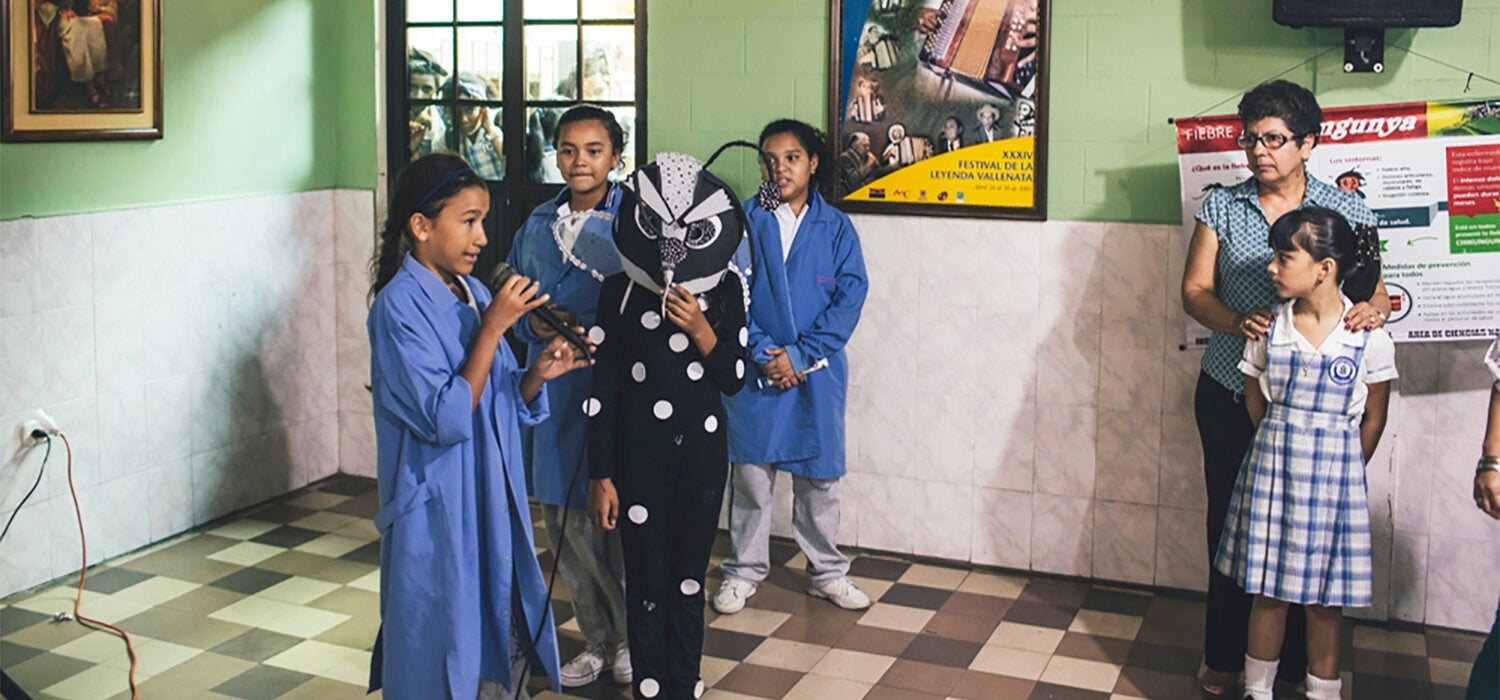An initial method of classifying the seriousness of dengue cases was developed in 1974. It distinguished three types of dengue: classic, hemorrhagic, and dengue shock syndrome. Over the subsequent 30 years, various problems with this classification emerged. First, not all patients fit into one of the three categories. Moreover, because most cases were classified only when the disease was in its final stages, the classification did little to aid efforts to provide adequate medical care, and did not contribute to early reporting for purposes of epidemiologic surveillance.
In the search for a solution, and more precise clinical classification, the multi-agency Special Programme for Research and Training in Tropical Diseases (TDR), hosted by WHO, conducted research in a number of countries. In 2009, drawing on scientific work on diagnosis and treatment, TDR and WHO published an updated version: Guidelines for Diagnosis, Treatment, Prevention, and Control. One year later, PAHO/WHO, working with the International Dengue Task Force (Grupo de trabajo focalizado en la lucha contra el dengue, GT–Dengue), adapted the guidelines based on experience in the Americas and published a special edition for this continent. The project included an extensive training process for health personnel involved in the clinical care of dengue patients.
One palpable benefit of the new classification is the reduction of dengue deaths in the Americas, with approximately 3,300 deaths prevented between 2011 and 2014.
The new clinical guidelines on dengue comprise a modified classification of the severity of the disease, which has proven to have significant advantages over the original 1974 guidelines. Among the improvements are more efficient and better-quality methods of detection of cases, facilitating detection of very severe cases of the infection and thus preventing unnecessary deaths.
“With the new dengue classification, clinical findings on the patient have overcome my dependence on the laboratory,” explained Dr. Anabelle Alfaro of Costa Rica. The new method facilitates better understanding of the disease’s warning signs, and thus better detection of patients in whom the disease is evolving to a critical phase, so that adequate treatment can be provided even when laboratory results are not available. One palpable benefit of the new classification is the reduction of dengue deaths in the Americas, with approximately 3,300 deaths prevented between 2011 and 2014.
The PAHO/WHO dengue guidelines have become an essential tool for efficient and timely case management, and a second edition was published in 2016. The new edition covers additional aspects of clinical management, such as treatment of dengue in newborns, pregnant women, and older adults, as well as how to treat dengue in patients with chronic diseases. There is also a chapter on reorganizing health services in situations of dengue epidemics.

